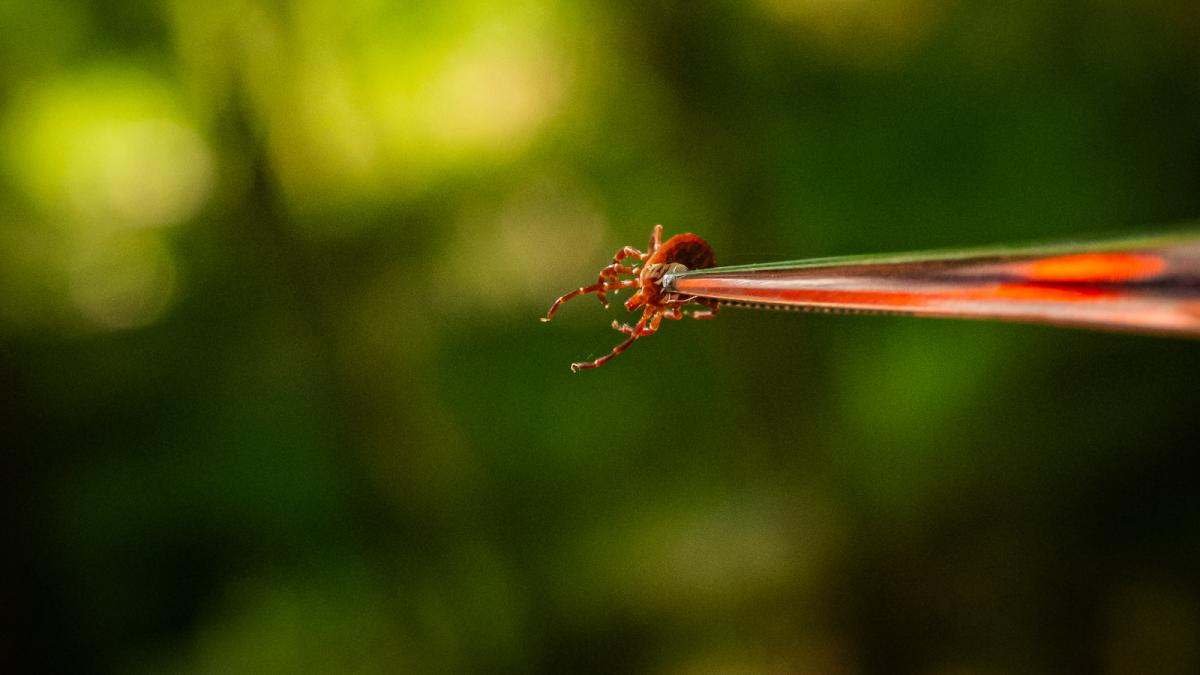On a blisteringly hot, sunny day this summer, Emory University researcher Arabella Lewis made her way through the underbrush in a patch of woods in Putnam County, Georgia, about an hour southeast of Atlanta. She was after something most people try desperately to avoid while in the woods: ticks.
“Sometimes you gotta get back in the weeds to get the best ticks,” she explained, sweeping a large square of white flannel along the forest floor.
The idea was that the ticks could sense the movement of the fabric and smell the carbon dioxide Lewis breathed out and would grab onto the flannel flag.
“My favorite thing about them is their little grabby front arms, the way that they like wave them around, like they’re trying to grab onto things,” said Lewis, who’s been fascinated by ticks since she was a young kid growing up on a farm — and persistently dealing with ticks. “They have these little organs on their hands that smell, so they smell with their hands.”
Once a tick jumped a... Read more




